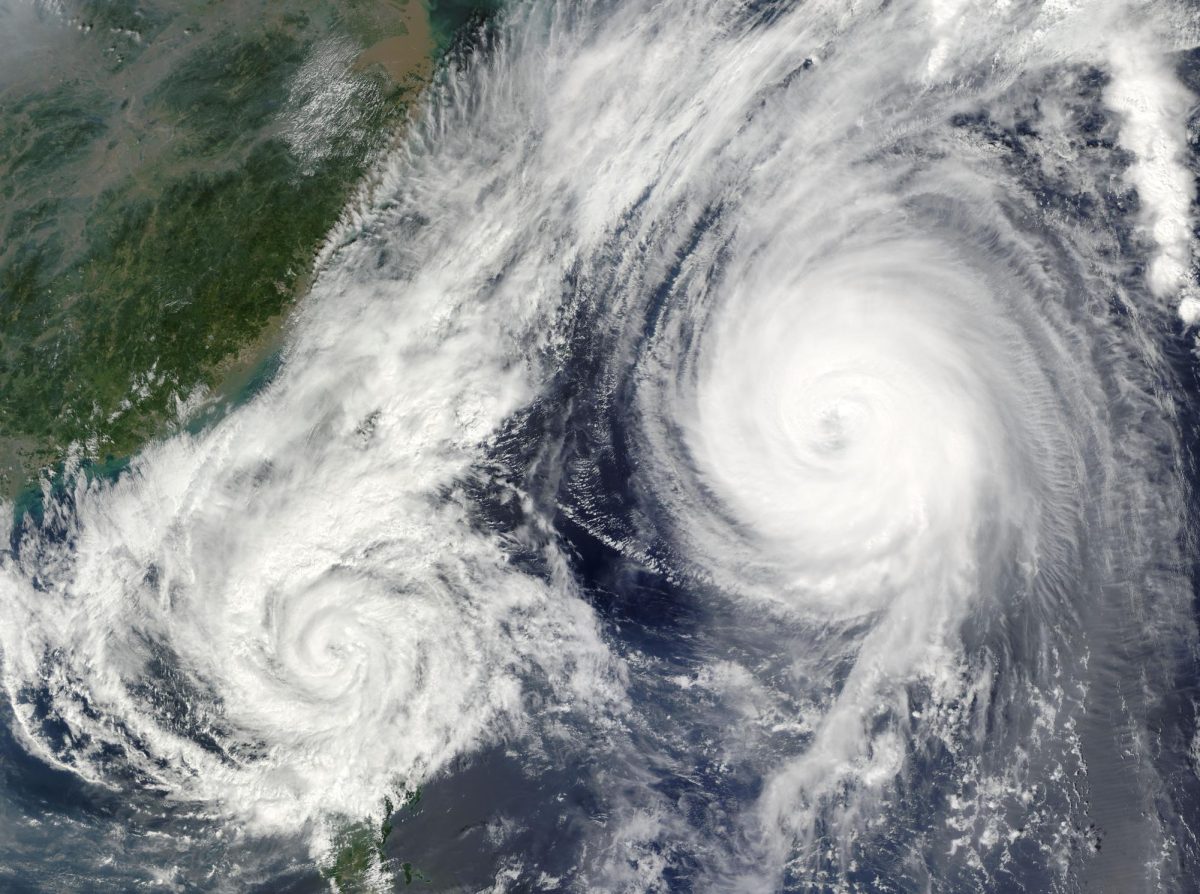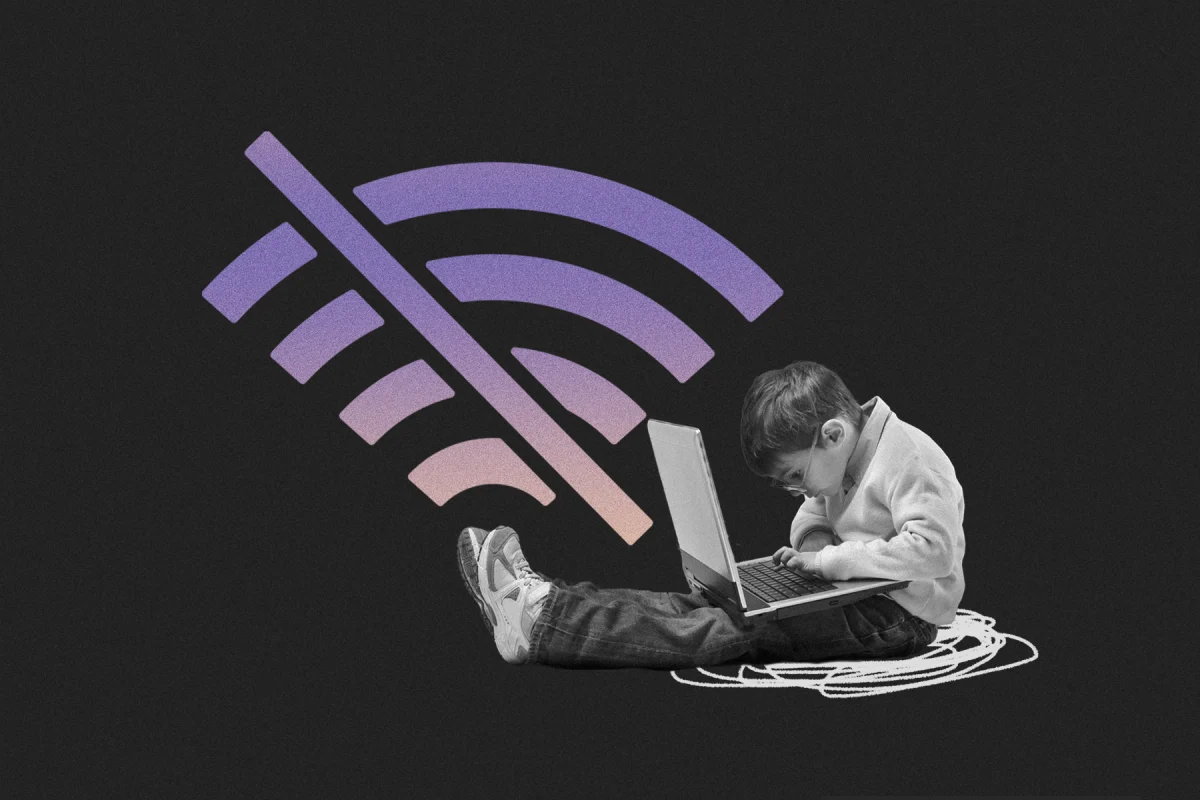Last week, families in North Carolina were gearing up and getting prepared for a hurricane that was headed straight to South Carolina. As expected, it has changed course and is now headed towards the middle of the ocean. While this is rare, it highlights why hurricanes can be so unpredictable.
To determine the probability and why weather like hurricanes is unpredictable, Ms. McWilliams, an Earth and Environmental Science teacher, explains it best.
McWilliams says, “It’s very rare for two hurricanes to cross paths. When it does happen, they can spin around each other, which we call the Fujiwhara effect. A storm like this would be bigger than any hurricane we have seen in the past.”
When asked why the weather changes paths so often, McWilliams explains that the weather is unpredictable.
“Even small changes can throw off the forecast, like a decrease in wind or pressure can move the storm in a totally new direction,” McWilliams says.
History shows this has happened before with Hurricane Floyd in 1999. It made a sudden turn away from land, surprising many people who thought it would make landfall.
“Events like this remind us that storms are constantly changing because Earth’s weather systems are active 24/7,” McWilliams explains.
Along with the changing weather, climate change contributes to the unpredictability of hurricanes.
“Climate change is making storms stronger because the oceans are warmer. Warm water gives hurricanes more fuel to grow, so warmer oceans can make storms change faster or take surprising paths. That’s why we’re seeing more unusual storm behavior now.” She says.
While people cannot stop hurricanes from forming, reducing climate change by cutting pollution could help decrease their intensity and unpredictability in the future.








